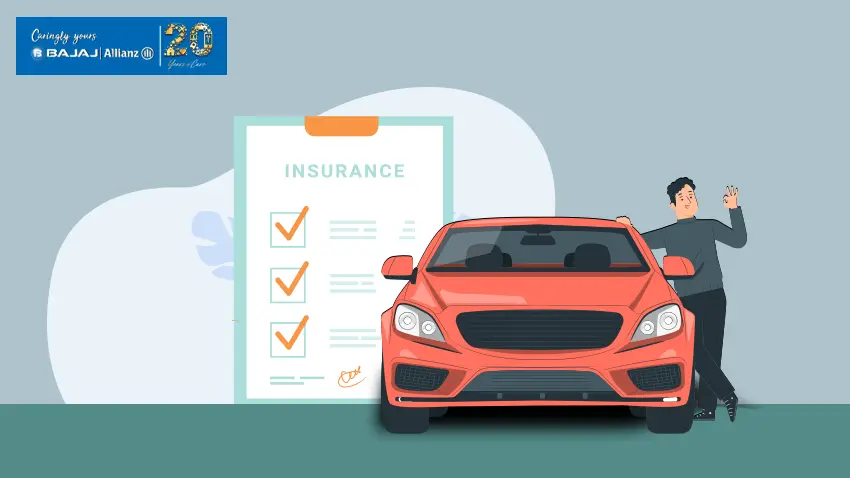Seat belts are known to be an invention of the mid-19
th century. They were created by George Cayley, an English engineer. However, this was not the same design as the modern-day three-point seat that is common across the world. Since they were first created, seat belts underwent a number of modifications. The seat belt as we know it today, also known as the CIR-Griswold restraint, was invented sometime in the 1950s. Seat belts were first made mandatory in 1970, in the Australian state of Victoria. Since then, rules regarding seat belts have been created across the world.
In India, whenever any prominent public figure dies due to a road accident, it tends to reignite the conversation about road safety and accident prevention in the country. There is ample discourse on wearing seat belts to ensure safety, especially for rear seat passengers. There are some rules regarding travelling in cars and wearing seat belts for front seat passengers as well as rear-seat front-facing passengers. The importance of these rules extends to your insurance policy too.
So, let’s take a look at the rules around seat belts, what impact not wearing them has when making
motor insurance claims, and why should you wear them.
Seat belt rules
The three-point seat belts help secure the person in their seat. In the event of your vehicle moving out of control, you will be held securely in your place, thanks to your seat belt. If your car were to collide, it is your seat belt will help keep you in your seat. If not for a seat belt, you may end up being ejected from your seat.
Rule 138 (3) of Chapter VI of the Central Motor Vehicles Rules, 1989, states that:
“In a motor vehicle, in which seat belts have been provided under sub-rule (1) or sub-rule (1-A) of rule 125 or rule 125-A, as the case may be, it shall be ensured that the driver, and the person seated in the front seat or the persons occupying front facing rear seats, as the case may be, wear the seat belts while the vehicle is in motion.”
To put it simply, in a car, the driver, the passenger sitting on the front seat beside the driver, as well as all rear passengers facing ahead, will be required to put their seat belts on. While this rule existed, it was not strictly enforced in most parts of the country. However, that is set to change.
Starting November 1
st, 2022, wearing seat belts is compulsory for the front as well as rear passengers in cities like Mumbai. Some other regions are also expected to follow suit. Hence, it is advisable to wear seat belts for all passengers during their journey. * Standard T&C Apply
Car insurance and seat belts
Whether you own a car, or expect to be a passenger in one, you should be aware of the
motor insurance norms regarding seat belts. If the passengers of a car were not wearing seat belts, will it make a difference when you make the respective
car insurance claims?
Firstly, it is important to note that you will need a
comprehensive vehicle insurance policy to be able to make claims if you were caught in an unfortunate situation. A third-party liability policy will only cover any damages caused to a third party in a situation you were involved in.
If you are claiming your
motor insurance and the people in the car involved in the incident were not wearing seat belts, know that your claim may not be rejected. While the insurance provider may still offer pay-outs for your claims, it may be a lower amount. The insurer may do so citing a violation of rules.
A seat belt may help minimise the damage caused. The way seat belts hold you in place, they are also known to protect your head and your spine. And never forget that, along with protecting your body, it will also help make your
car insurance claims easier, as you will not have violated the seat belt rule. * Standard T&C Apply
Insurance is the subject matter of solicitation. For more details on benefits, exclusions, limitations, terms, and conditions, please read the sales brochure/policy wording carefully before concluding a sale.
 Service Chat: +91 75072 45858
Service Chat: +91 75072 45858


